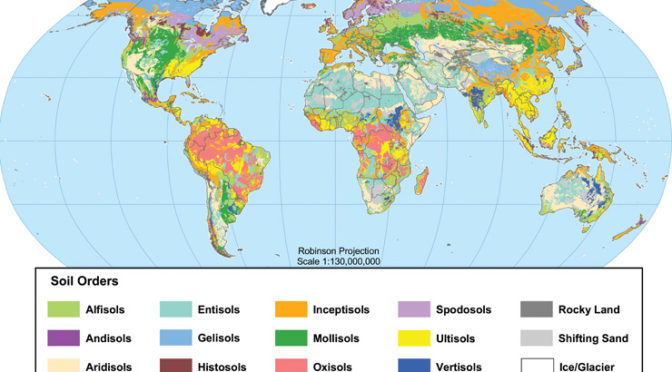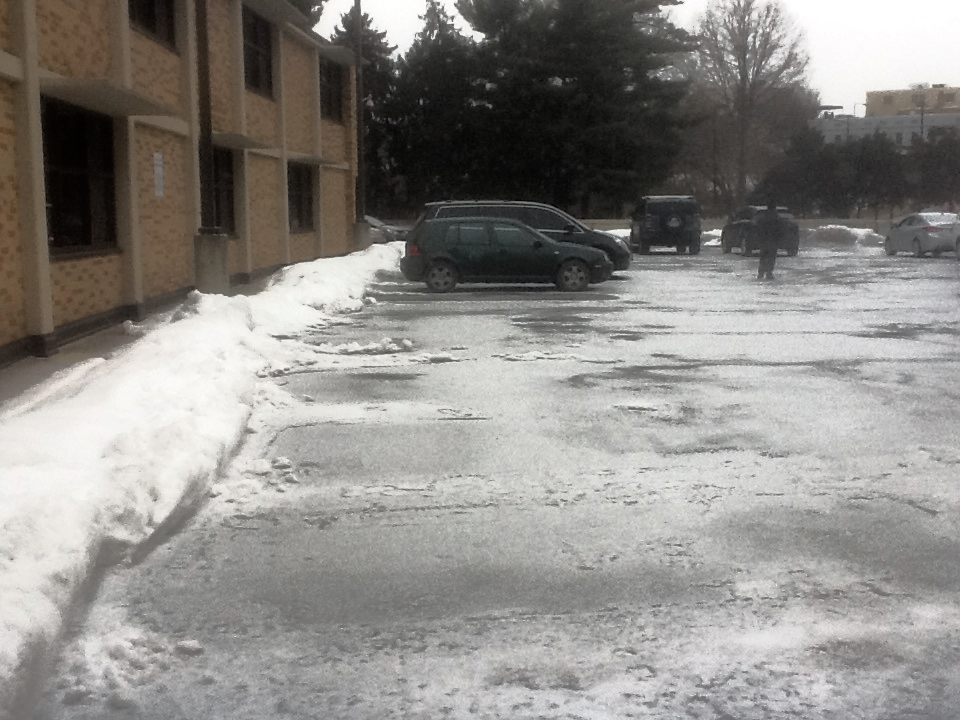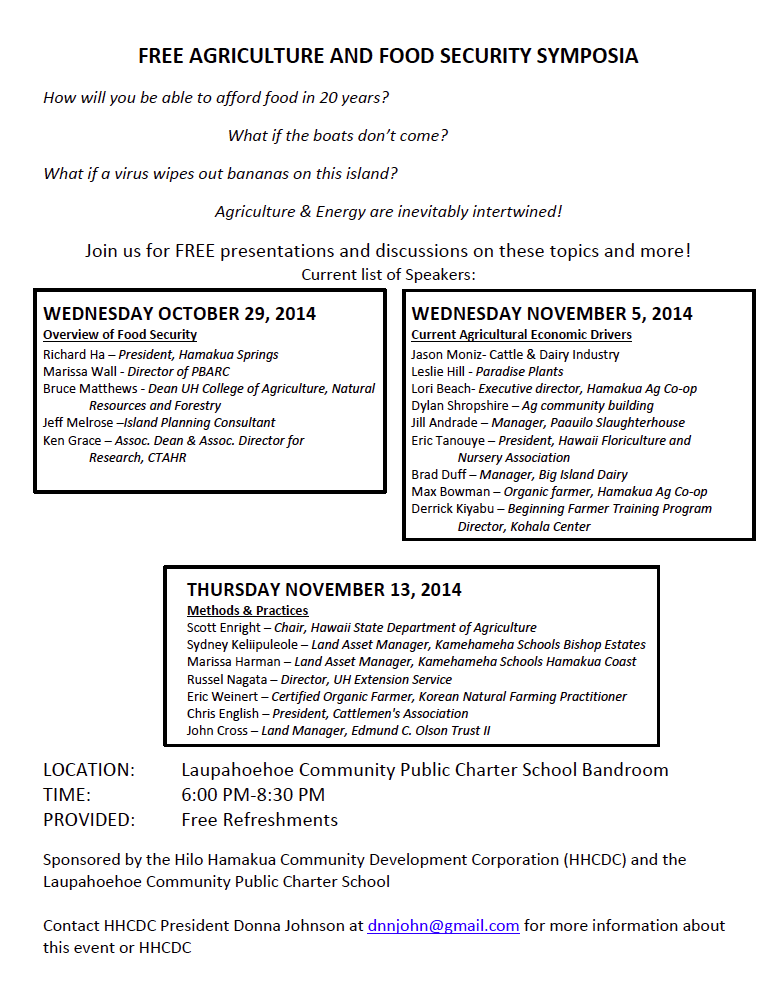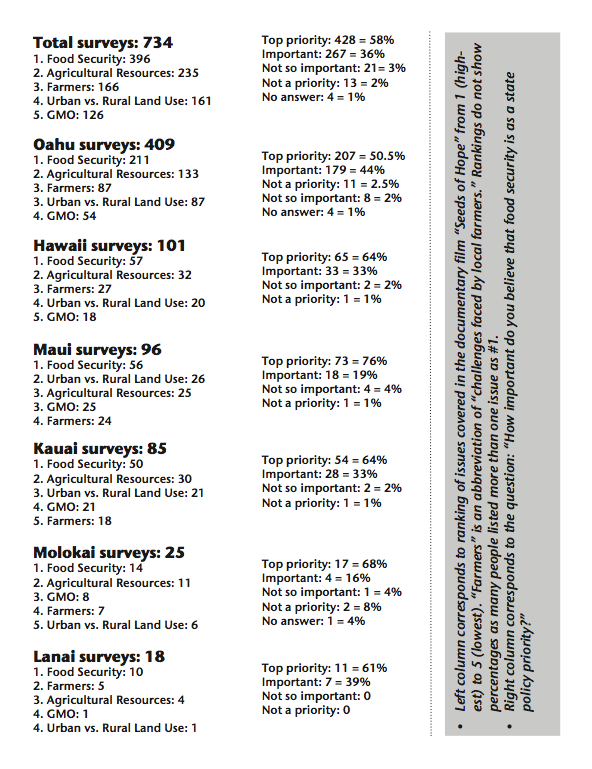Richard Ha writes:
Where are our local newspapers?
Why does it take the Honolulu Star-Advertiser to back up our island’s local farmers and ranchers, and to point out that agricultural policy should never be set without the participation of the people producing our food?
This is what appears to be happening in Hawai‘i at the moment.
An excerpt from yesterday’s Star-Advertiser editorial, which talks about the Big Island’s recent passage of the “anti-GMO” bill 113:
“The state Legislature may be able to undo this wrong, but it will take true leadership and real political courage. Lawmakers should assert the state government’s authority over agricultural rules and enforcement, rather than standing by as the counties continue to impose undue burdens on local farmers.”
The article also asserts: “It’s time for elected officials and policymakers throughout the state to stand up and be counted. Let’s have an ‘Eat GMO Papaya Day.’ This food is safe, it’s affordable and it’s grown right here at home.”
And why does it take the Star-Advertiser to point out that our policies are exhibiting an unwarranted distrust of University of Hawai‘i specialists in tropical agriculture?
POSTED: 01:30 a.m. HST, Jan 12, 2014
That a Big Island councilwoman would seek to revive a bill banning all genetically modified crops on Hawaii island, even though strict limits on such agriculture were approved only a month ago under another bill, indicates just how emboldened biotechnology foes have become in their quest to control Hawaii farmers.
The measure is not expected to pass, and should be rejected. It should not, however, be ignored, especially on Oahu. Councilwoman Brenda Ford’s proposal signals that rather than taking responsible action to assess the impact on local agriculture of the newly approved Bill 113, some elected officials are willing to put productive local farmers flat out of business. Login for more…
WHY does it take reporter Amy Harmon from the New York Times to tell us what is happening on our own island?
By AMY HARMON
JAN. 4, 2014
KONA, Hawaii — From the moment the bill to ban genetically engineered crops on the island of Hawaii was introduced in May 2013, it garnered more vocal support than any the County Council here had ever considered, even the perennially popular bids to decriminalize marijuana.
Public hearings were dominated by recitations of the ills often attributed to genetically modified organisms, or G.M.O.s: cancer in rats, a rise in childhood allergies, out-of-control superweeds, genetic contamination, overuse of pesticides, the disappearance of butterflies and bees.
Like some others on the nine-member Council, Greggor Ilagan was not even sure at the outset of the debate exactly what genetically modified organisms were: living things whose DNA has been altered, often with the addition of a gene from a distant species, to produce a desired trait. But he could see why almost all of his colleagues had been persuaded of the virtue of turning the island into what the bill’s proponents called a “G.M.O.-free oasis.”
“You just type ‘G.M.O.’ and everything you see is negative,” he told his staff. Opposing the ban also seemed likely to ruin anyone’s re-election prospects.
Yet doubts nagged at the councilman, who was serving his first two-year term. The island’s papaya farmers said that an engineered variety had saved their fruit from a devastating disease. A study reporting that a diet of G.M.O. corn caused tumors in rats, mentioned often by the ban’s supporters, turned out to have been thoroughly debunked.
And University of Hawaii biologists urged the Council to consider the global scientific consensus, which holds that existing genetically engineered crops are no riskier than others, and have provided some tangible benefits.
“Are we going to just ignore them?” Mr. Ilagan wondered. Read the rest
Enough is enough.
Our newspapers need to report the news.
And our leaders need to step up and be accountable.








